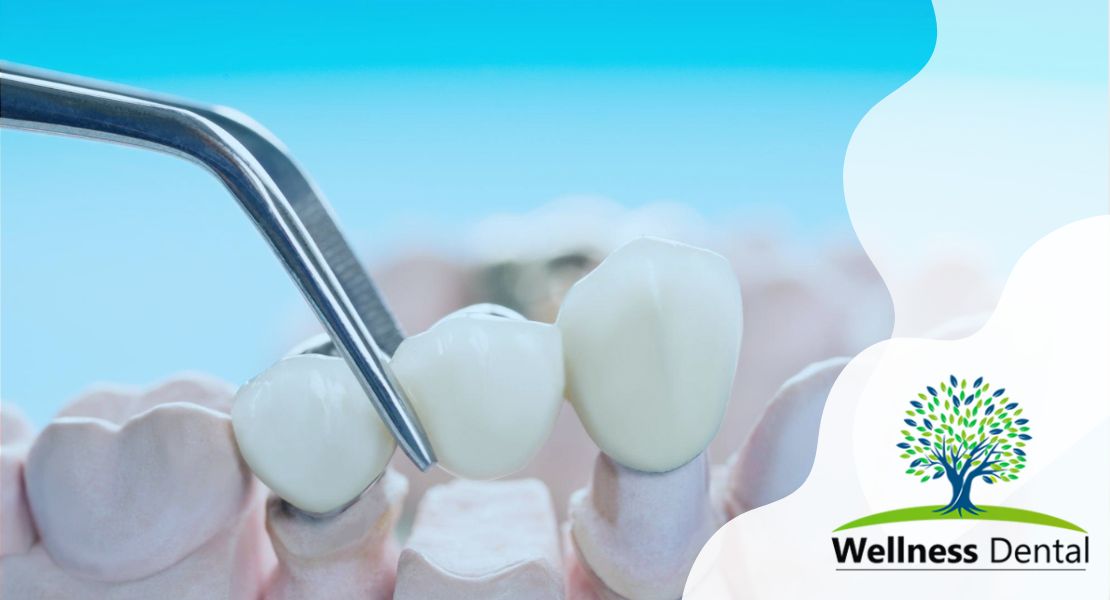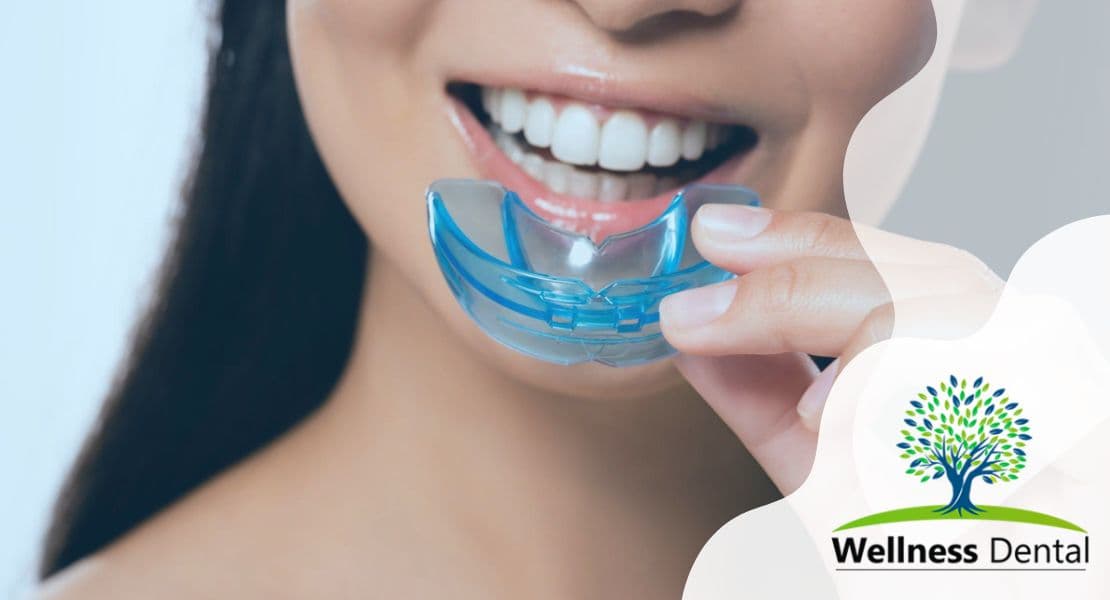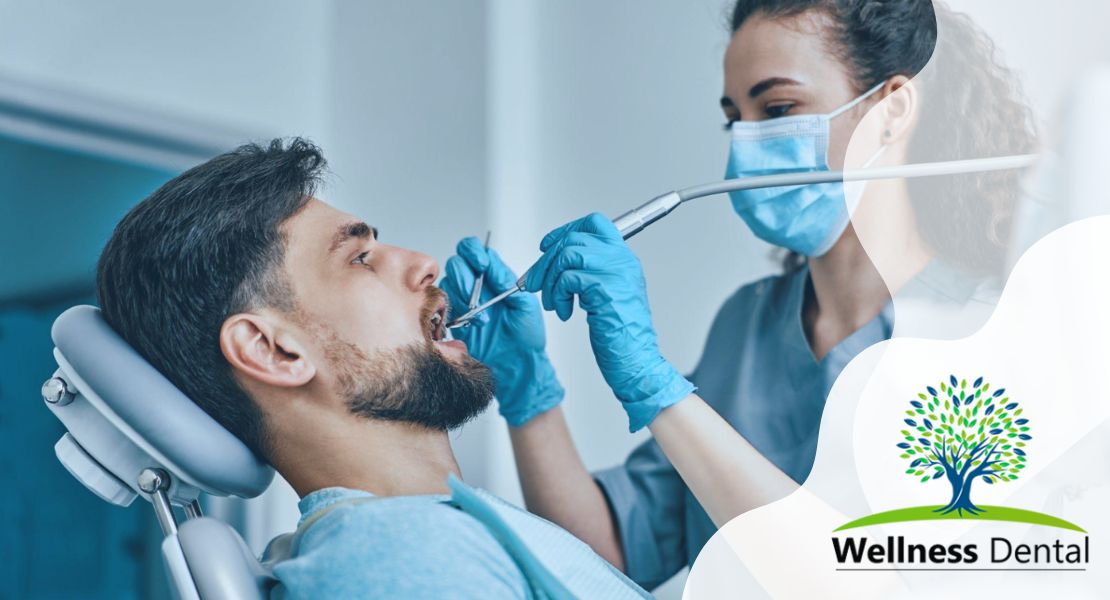Properly cleaning your dental bridges is essential for maintaining good oral hygiene and preventing dental problems. Regular cleaning techniques can help you keep your bridges clean and free from plaque and bacteria. Follow these simple steps to ensure the longevity and health of your dental bridges.
1. Brush Twice a Day: Brush your teeth twice a day using a soft-bristled toothbrush and non-abrasive toothpaste. Gently brush the surface of the dental bridge and the adjacent teeth using circular motions.
2. Floss Daily: Use a floss threader or specialized floss designed for dental bridges to clean between the artificial teeth and the abutment teeth. This removes food particles and plaque that can lead to gum disease, tooth decay, and dental disease.
3. Use a Water Flosser: A water flosser, such as a Waterpik, can be an excellent addition to your dental hygiene routine. It uses a stream of water to remove plaque and food debris from hard-to-reach areas around the bridge.
4. Rinse with Mouthwash: After brushing and flossing, rinse your mouth with a fluoridated mouthwash. This helps kill bacteria and freshens your breath.
In addition to these techniques, it is important to avoid bad habits such as using your teeth to open packages or biting on hairpins. Regular dental visits and checkups with your friendly dentist will also help ensure that your dental bridges receive the proper care they need.
By following these recommended cleaning techniques and adopting good oral hygiene habits, you can maintain the cleanliness, functionality, and longevity of your dental bridges. Remember, a clean dental bridge is a healthy dental bridge.
Is Dental Floss Suitable for Use on a Dental Bridge?

Maintaining proper oral hygiene is essential for the longevity and health of your dental bridge. While dental floss is an excellent tool for cleaning between natural teeth, it cannot be used on a dental bridge. The structure of a bridge includes artificial teeth that are fused to the adjacent teeth, creating little or no space between them. This makes it difficult to maneuver regular dental floss.
Fortunately, there are alternative methods for effectively cleaning between the teeth within the bridge. One option is using super floss, which is specifically designed for dental bridges and other dental restorations. Super floss consists of three components: a stiffened end for threading through the interdental space, a spongy segment for cleaning around the artificial tooth, and regular floss for cleaning adjacent teeth. This type of floss allows for thorough cleaning of the hard-to-reach areas.
Another alternative is using a floss threader. This tool helps guide regular floss or dental tape under the dental bridge, allowing you to clean between the artificial and natural teeth. Floss threaders are easy to use and can effectively remove plaque and food debris from the interdental spaces.
Interdental brushes are another great option for cleaning between the teeth of a dental bridge. These small brushes have bristles that can fit into tight spaces and effectively remove plaque and food particles.
If you prefer a different approach, you can also consider using a water pick or oral irrigator. These devices use a stream of water to clean between the teeth and along the gumline, removing plaque and food debris. Water picks can be a convenient and efficient method for maintaining oral hygiene with a dental bridge.
Remember, it is important to consult your dentist or dental hygienist for specific recommendations on the best cleaning methods for your dental bridge. With proper care and regular checkups, your dental bridge can provide a permanent solution for missing teeth while maintaining excellent oral health.
Is it Recommended to Use Mouthwash with a Dental Bridge?
Using mouthwash as part of your daily oral hygiene routine can be beneficial for maintaining good oral health with a dental bridge. While brushing and flossing are essential, incorporating mouthwash into your routine can provide additional protection against gum disease and tooth decay.
Rinsing with fluoride or antibacterial mouthwash once a day helps control the accumulation of bacteria or plaque on your dental bridge. Bacteria can thrive in the hard-to-reach areas around the artificial teeth and the abutment teeth of the bridge. Mouthwash can help reach these areas and kill the bacteria, reducing the risk of gum disease and tooth decay.
Using mouthwash is especially beneficial for patients who are at a higher risk of cavities or gum disease. This includes individuals with a history of dental problems or those who have difficulties in cleaning their dental bridge thoroughly. Mouthwash can provide an extra layer of protection and enhance their oral hygiene routine.
However, it’s important to choose a mouthwash specifically formulated for use with dental restorations. Some mouthwashes contain alcohol, which can be harsh and may damage the materials used in the dental bridge. Opt for alcohol-free mouthwash or consult with your dentist to find a suitable option.
In conclusion, using mouthwash with a dental bridge can help maintain good oral health, prevent gum disease, and keep tooth decay at bay. Incorporate mouthwash into your daily routine along with regular brushing, flossing, and dental visits for comprehensive oral care.
How to Clean Underneath a Fixed Bridge?
Cleaning under a fixed bridge is essential to maintain oral health and prevent complications such as gum infections, tooth decay in surrounding teeth, and further tooth loss. Traditional flossing may not effectively clean the hard-to-reach areas under the bridge, but using a plaque seeker and a water flosser can make the process more thorough.
To clean under a fixed bridge, start by using a plaque seeker. This specialized tool has a curved shape and a pointed tip, making it easier to access the tight spaces between the artificial teeth and the abutment teeth. Gently guide the plaque seeker along the gum line and under the bridge to remove any plaque or food debris.
Next, incorporate a water flosser into your oral hygiene routine. Water flossers use a stream of water to clean between teeth and along the gum line effectively. Adjust the pressure of the water flosser to a comfortable level and direct the water along the bridge, ensuring to clean both the outer and inner surfaces.
Regularly cleaning under a fixed bridge is crucial for maintaining good oral hygiene. It helps remove plaque and food particles, preventing the build-up of bacteria that can lead to gum disease and tooth decay. By taking proper care of your dental bridge, you can enjoy a healthier smile and avoid potential complications. Don’t forget to visit your dentist for regular check-ups and professional dental cleanings to ensure the longevity of your bridge and overall oral health.
Is it Possible for Food to Become Trapped under a Dental Bridge?
Yes, food can get stuck under a dental bridge, which can lead to discomfort and potential dental issues if not addressed properly. The spaces between the artificial teeth and the abutment teeth can easily trap food debris, causing plaque buildup and increasing the risk of tooth decay and gum disease. To prevent this, it is important to maintain excellent oral hygiene and take special care to clean the dental bridge.
Regular check-ups with friendly dentists at Wellness Dental are crucial for monitoring the condition of your dental bridge and addressing any issues. During these check-ups, your dentist may recommend using interdental brushes or floss threaders to effectively remove food debris in hard-to-reach areas. Interdental brushes are designed to fit into the gaps between teeth and are an excellent tool for keeping dental bridges clean.
Another option is using a Waterpik, also known as a water flosser, which uses a stream of water to remove food particles and plaque. It can be particularly helpful in cleaning around a dental bridge. Additionally, rinsing with water after meals when unable to clean the bridge immediately can help dislodge any remaining food debris and maintain oral hygiene.
Remember, proper cleaning of your dental bridge is essential to prevent dental disease and maintain its longevity. Regular check-ups and the use of interdental brushes or a Waterpik can help ensure that your dental bridge remains clean and free of food debris.
Can a Waterpik be Used with Dental Bridges?
Yes, a Waterpik can be effectively used with dental bridges to ensure proper oral hygiene. A Waterpik, or a water flosser, uses a stream of water to remove food particles and plaque from your teeth and gums. When it comes to dental bridges, a Waterpik can be especially beneficial in cleaning the areas under the bridge and around crowns where microbes and food can get impacted.
Cleaning the interdental spaces of dental bridges is crucial to prevent gum disease, tooth decay, and other dental issues. Special tools such as super floss, floss threaders, or interdental brushes can be utilized for this purpose. Super floss is a type of dental floss that has a stiff end, making it easier to thread it between the artificial teeth and gumline. A floss threader is a flexible plastic tool that helps guide the floss under the bridge to clean the interdental spaces effectively. An interdental brush is designed to fit into the gaps between teeth, reaching areas where traditional floss may not.
Regularly using a Waterpik and special tools to clean dental bridges is essential for maintaining proper oral health. Remember to follow your dentist’s advice on the proper technique and frequency of using these tools. Additionally, don’t forget to schedule regular check-ups with your dentist to ensure that your dental bridges are in good condition and receiving the proper care. By taking the necessary steps to clean your dental bridges, you can enjoy a healthy and beautiful smile for years to come.
What Foods Should be Avoided with a Dental Bridge?

When it comes to maintaining the longevity and durability of your dental bridge, it’s important to be mindful of the foods you consume. Certain types of foods can pose a risk to the stability of your bridge and may lead to chipping or fracturing, especially if your bridge is made of ceramic. Here are a few foods you should avoid when wearing a dental bridge:
1. Hard Foods: Foods like nuts, bones, or ice should be avoided as they can put excessive pressure on the bridge and potentially damage it. Opt for softer alternatives instead.
2. Sticky Candy: Chewing on hard or sticky candy can cause the bridge to become dislodged or even break. It’s best to steer clear of these types of sweets to prevent any complications.
3. Chewy Vegetables: Certain vegetables, like raw carrots or celery, can be challenging to chew and may cause strain on the bridge. Consider cooking or cutting them into smaller, more manageable pieces.
4. Chewing Ice: Despite being a refreshing habit for some, chewing on ice can be detrimental to your dental bridge. The extreme temperature and hardness can lead to fractures or dislodgment.
By avoiding these foods, you can protect your dental bridge and ensure its longevity. It’s essential to follow the advice of your dentist and maintain good oral hygiene practices to promote the health of your dental bridge and overall oral health.






